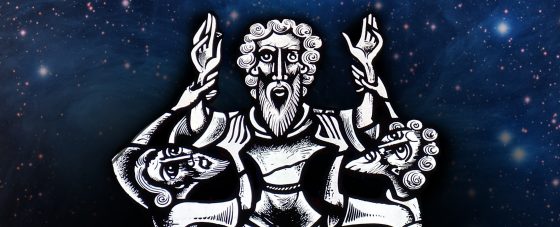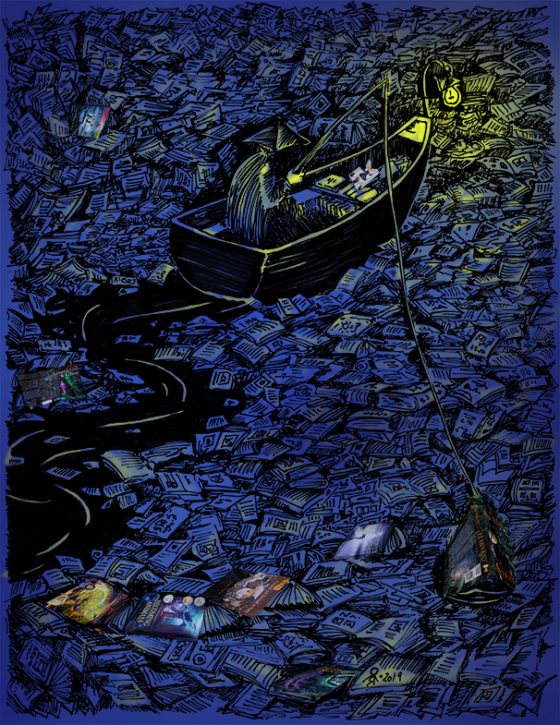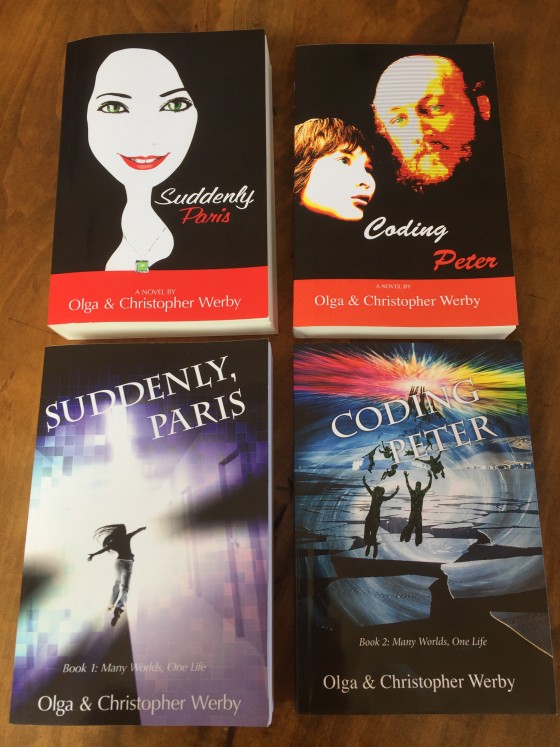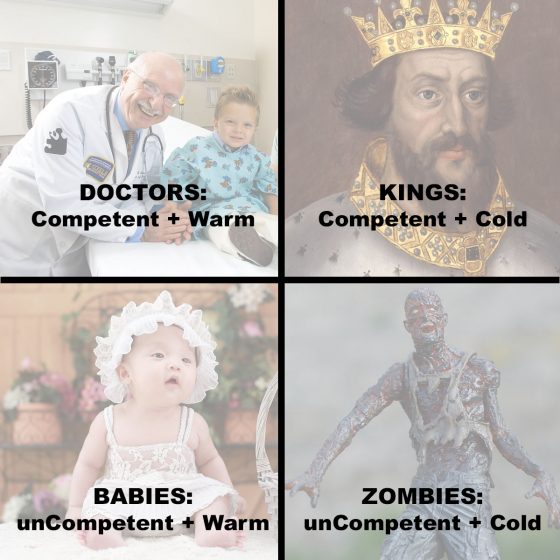
This month, I’ve jumped in head first into dark and cold waters of book marketing. I’ve learned a lot that was new to me but was probably obvious to any salesperson — other people (unlike me) like to read very specific genres of books. For example, if you are into a billionaire werewolf romances, you are NOT into werebear billionaire romances. Yes, people like what they like and there are many authors who are happy to write for very niche audiences. But I read lots of different things, fiction AND non-fiction. I read WWII spy novels AND science fiction. I like action adventure AND historical fantasy. My taste in books is as broad as the stories I like to write. But apparently, that’s not good for marketing. My books are all so different that I’ve been having a hard time zeroing in on a unifying theme for my stories. And then it hit me — I write Jewish Science Fiction…or Jew-ish Sci-Fi. So what’s Jew-ish Sci-Fi? It’s a hero journey to save the world, where the hero belongs to a tight group of outsiders forced to make their way in the world by their talents and smarts and who are…






